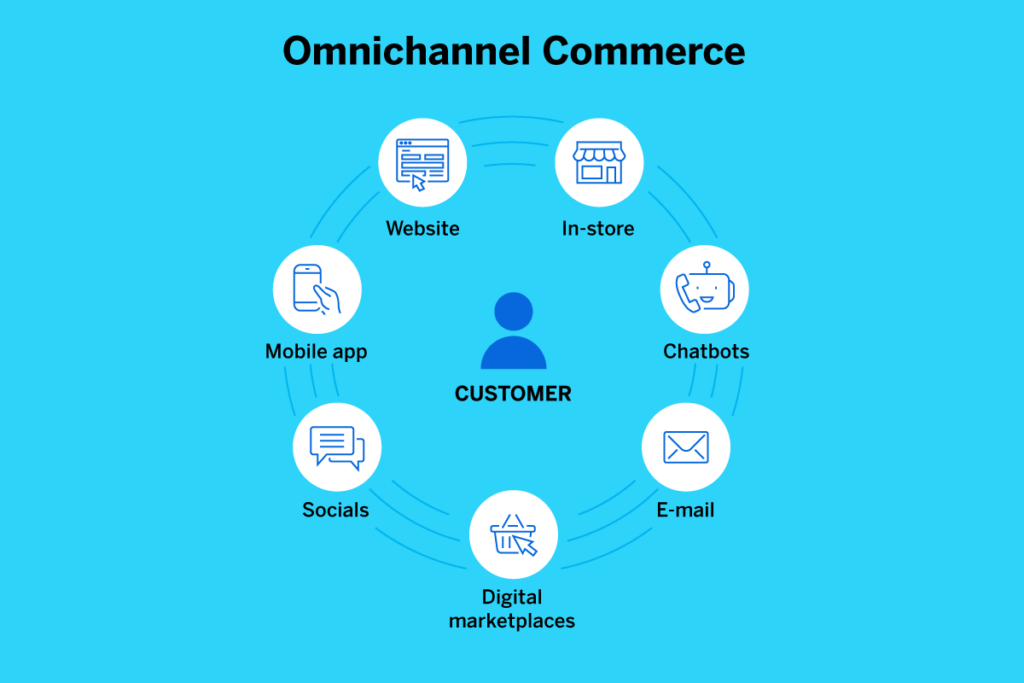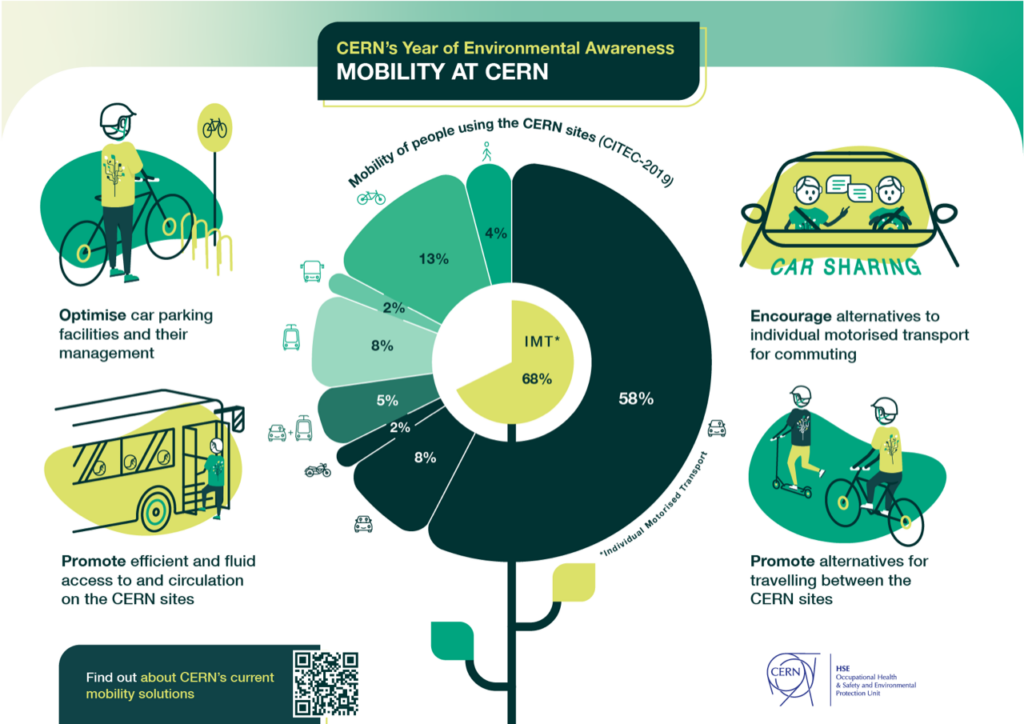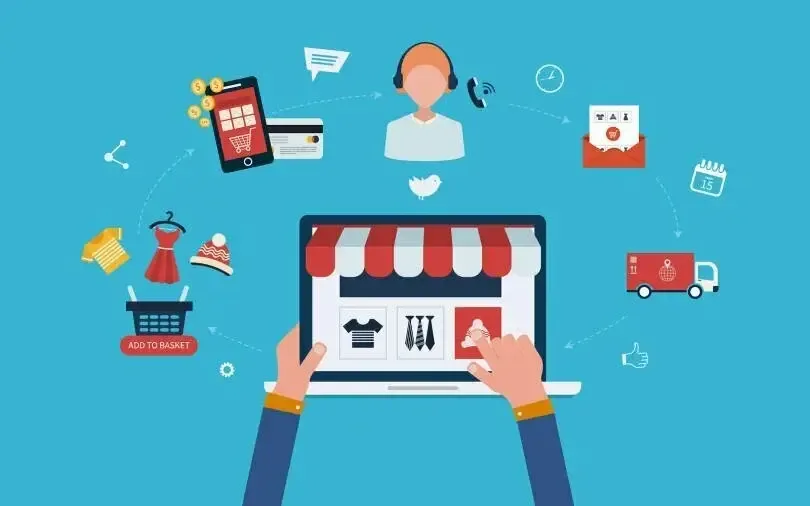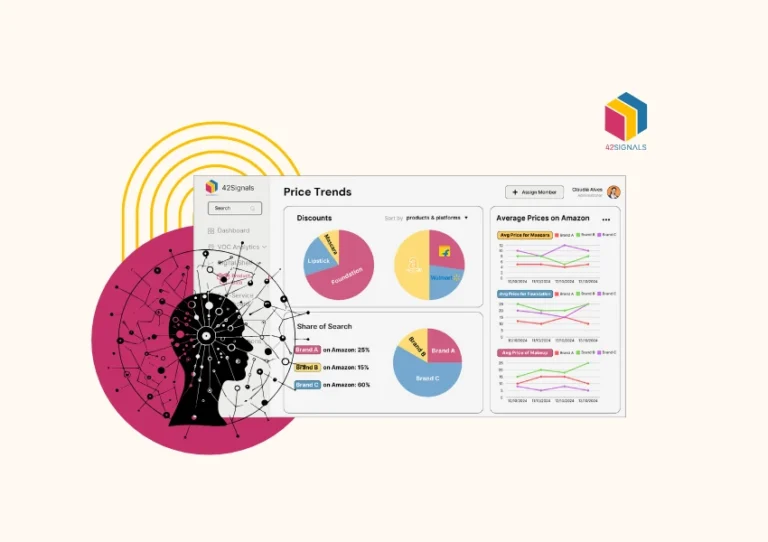2023 saw the emergence and widespread adoption of AI. Now we cannot imagine our life without the likes of ChatGPT and similar AI tools. In 2024, what newer technologies and innovations will come forth that will alter the way we work, do business and even think? What e-commerce trends will shape the future of online commerce?
There are a few e-commerce trends that entrepreneurs and marketers should be aware of to maximize their online sales potential. Let’s explore a few significant technological and marketing advances expected to shape the industry.
Artificial Intelligence (AI) and Machine Learning (ML)
Artificial intelligence and machine learning have been buzzwords in the tech industry for a while now, but their impact on e-commerce cannot be overstated.
- AI-powered tools can help businesses automate various tasks such as product recommendations, customer service, and inventory management.
- By leveraging ML algorithms, e-commerce platforms can offer personalized shopping experiences tailored to individual customers’ preferences, making them more likely to convert.
For instance, AI-driven chatbots can assist customers with their queries, provide product suggestions, and even help them track orders. This not only enhances customer satisfaction but also reduces the workload for human customer support agents.
Similarly, AI-based product recommendation engines can suggest products based on a customer’s browsing history, purchase behavior, and preferences, leading to increased average order value and higher conversion rates.
Voice Search Optimization
Voice search has gained immense popularity in recent years, thanks to the rise of virtual assistants like Siri, Alexa, and Google Assistant. Statista analyzed a 400 percent increase in two years of the worldwide transaction value of e-commerce purchases from 4.6 billion U.S. dollars in 2021 to 19.4 billion U.S. dollars in 2023.
Optimizing for voice search means using natural language and long-tail keywords in product titles, descriptions, and meta tags. It’s essential to focus on conversational phrases that people use when speaking to virtual assistants. Instead of typing “red Nike sneakers,” a user may say, “Hey Alexa, show me red Nike sneakers.” By incorporating such phrases into your content, you can improve your website’s visibility in voice search results.
Social Commerce
Social media platforms are no longer just places to connect with friends; they’re also becoming powerful e-commerce channels. Social commerce refers to the integration of e-commerce features within social media platforms, enabling users to discover, share, and purchase products without leaving their favorite apps.

Image Source: Webkul
In 2024, we can expect social commerce to become even more seamless. Instagram, Facebook, TikTok, and other platforms will continue to introduce new features that allow users to buy products directly from their feeds. For example, Instagram already allows users to tag products in their stories and posts, making it easy for followers to purchase items they see in their feeds.
To leverage social commerce effectively, businesses must maintain an active presence on relevant platforms, create engaging content, and utilize shoppable tags or links whenever possible. Collaborating with influencers and running targeted ad campaigns can further amplify your brand’s reach and drive sales.
Omnichannel Experience
Customers expect a consistent experience across all touchpoints, whether they’re shopping on a desktop computer, mobile device, or physical store. An omnichannel approach ensures that your brand offers a cohesive and seamless experience throughout every stage of the buyer journey.

Image Source: Qualtrics
To deliver an effective omnichannel strategy, ensure that your website, mobile app, and brick-and-mortar stores share a unified design language, product offerings, and payment options. Offer services like buy online, pick up in-store (BOPIS), and 360-degree product views to bridge the gap between online and offline channels.
Augmented Reality (AR) and Virtual Try-On
Apple’s new immersive Vision Pro headset combines reality with its virtual counterpart making everyday life that much more engaging.
- AR enables customers to visualize how a piece of furniture would look in their home or try on clothes virtually before making a purchase.
- Virtual try-on technology uses AR to superimpose digital products onto real-world environments, allowing customers to see themselves wearing clothing or accessories without physically trying them on.
Adapting your business to meet these new tech breakthroughs can increase conversions.
Sustainability and Environmental Consciousness

Image Source: CERN
Consumers are increasingly concerned about the environmental impact of their purchases, and e-commerce businesses must respond to this shift in consumer behavior. Sustainable practices, such as reducing packaging waste, using eco-friendly materials, and promoting ethical manufacturing processes, will play a critical role in building trust and loyalty among environmentally conscious consumers.
Brands can demonstrate their commitment to sustainability by implementing circular business models, offsetting carbon emissions, and partnering with eco-friendly logistics providers. Transparency is key – communicate your efforts clearly to your audience, and make sure your marketing messaging reflects your values.
Personalized Marketing Automation
Efficient marketing automation relies on personalization, segmentation, and timely communication. Leveraging customer data, purchase history, and browsing behavior, businesses can craft targeted messages that resonate with their audience.
Use automation tools to send welcome emails, abandoned cart reminders, and birthday greetings. Personalized marketing automation fosters customer loyalty, drives repeat business and boost overall revenue.
Conclusion
To gain momentum in 2024, adapting business operations to customer needs is necessary. Not all the e-commerce trends and strategies outlined here may work for every company, thus choose what works best for your business.
Visit our page to learn more about the e-commerce insights shaping the industry.





